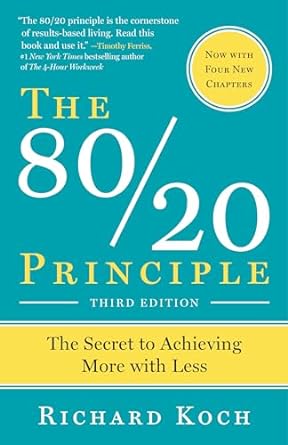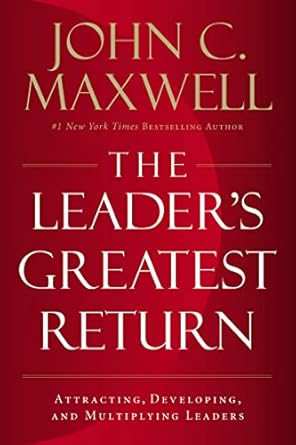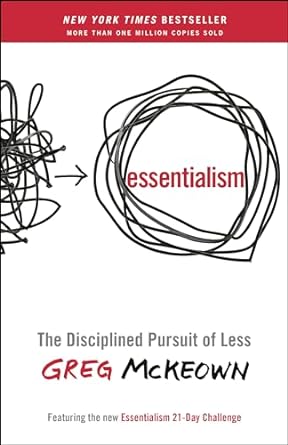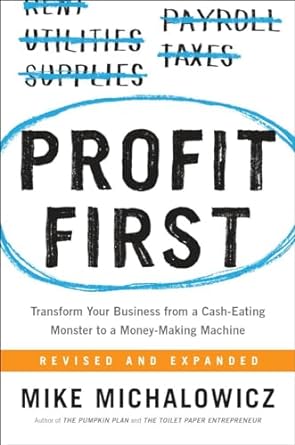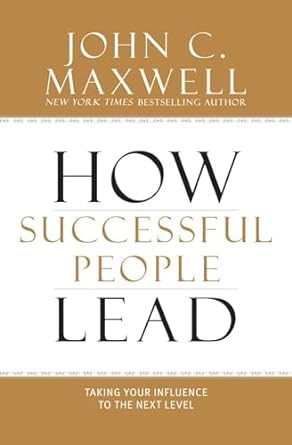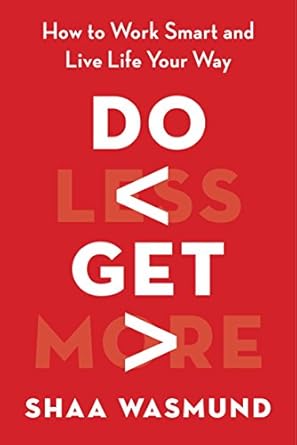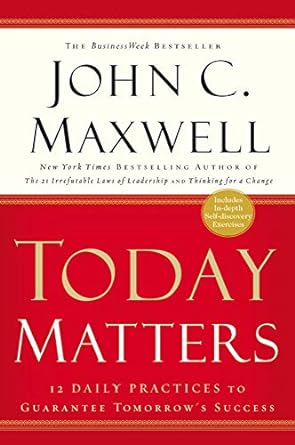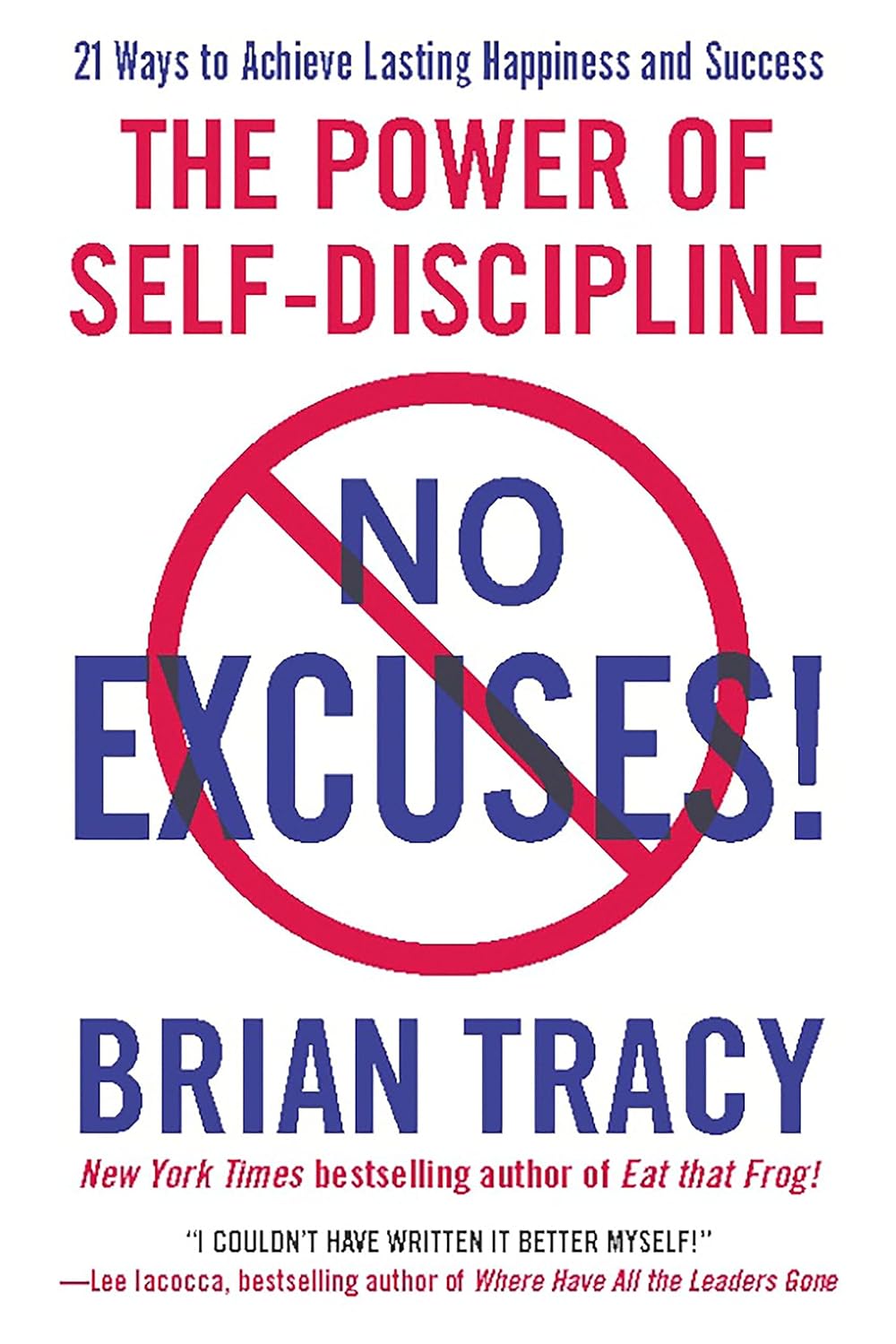Pareto Principle
The observation that in any complex system a minority of inputs produce a majority of the outputs.
Examples:- 20 percent of the population owns 80 percent of the wealth.
- 20 percent of products return 80 percent of profits.
- 20 percent of tasks produce 80 percent of the productivity.
- 20 percent of the salesforce produces 80 percent of closed sales.
- 80 percent of our happiness comes from 20 percent of our time.
Key Insights & Principles
Business
Insights:- Using the Pareto Principle can help businesses become more profitable by focusing on the most valuable products and customers.
- Complexity is costly.
- The majority of activities are likely to be low value.
- Maintaining a slight advantage over competitors consistently can reap high returns.
- Analyse the most valuable areas of business, focus on them, and eliminate the rest.
- Strive for simplicity.
- Shift resources from low value activities toward high value activities.
Productivity
Insights:- A minority of tasks produce most of the results.
- Rank to-do lists in terms of priority, and only work on the top priority items.
- Look for short cuts.
- Delegate tasks to specialists.
- Eliminate low value activities.
Life
Insights:- A few things matter much more than most things.
- We use a minority of things in our home.
- Only play the games where winning matters to you.
- Strive for excellence in few things, rather than good performance in many.
- Be selective.
- Eliminate that which is not valuable.

